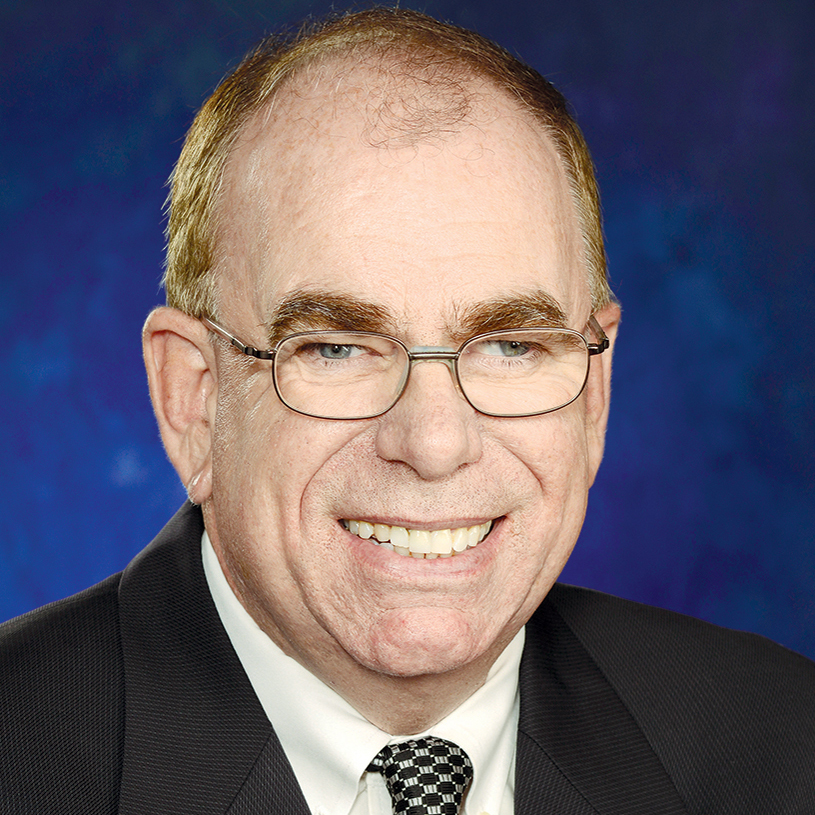
One of the great privileges of a life in journalism is occasional access to really smart people.
I was reminded of that lucky break last week while listening to some of the brightest minds in the field discuss where senior living is now, and where it needs to go.
The setting was a special McKnight’s Veteran VIP Conversation during the 2024 McKnight’s Pinnacle Awards. The robust exchange left me with two distinct take-aways.
One of those take-aways relates to the current quasi-post COVID period. I say “quasi” for a real reason. Namely, that although many of us are more than ready to move on, COVID, in many ways, still is with us.
Lest we forget, roughly 1,500 people continue to die from the pandemic each week, according to the Centers for Disease Control and Prevention. Not exactly a nothingburger. For some perspective, that’s more than half the number of people who died in the World Trade Center (2,753) during the Sept. 11 attacks.
Here, the collective consensus among participants was that although things are improving, challenges remain.
“I would definitely say yes [the sector is] recovering,” said Deke Cateau, CEO at Atlanta-based provider AG Rhodes. He pointed to improving occupancy numbers as clear evidence. But he added that finding and keeping qualified workers remains a major challenge.
The reason for staffing shortfalls can be tied to several factors. Those include competition in the marketplace, relatively low pay and the hard work required of all employees, especially those on the front lines. But perhaps the most troubling contributing factor is this: Many potential employees simply don’t want to work in this field.
Of all the things that need to change, this last challenge may be the most difficult to overcome.
Which brings us to my longer-term takeaway: New senior living models are needed.
That is hardly my idea. In fact, it was stated rather emphatically by Andrew Carle, who is lead faculty member for Georgetown University’s administrator training program.
Carle said that if senior living operators hope to improve market penetration rates, they will need to embrace new approaches that feature more dynamic and inclusive living arrangements. He pointed to university retirement communities as an example of where this is already happening.
“The baby boomers have zero interest in being set off to the side because of an age thing,” he said. “We have to eliminate ‘elderly islands’ and take it to the next level.” Carle added that it’s time to give older adults what they’re asking for: active, intellectually stimulating, intergenerational living.
A powerful message about senior living’s future has been delivered. I just hope the field is listening.
John O’Connor is editorial director for McKnight’s Senior Living and its sister media brands, McKnight’s Long-Term Care News, which focuses on skilled nursing, and McKnight’s Home Care. Read more of his columns here.

